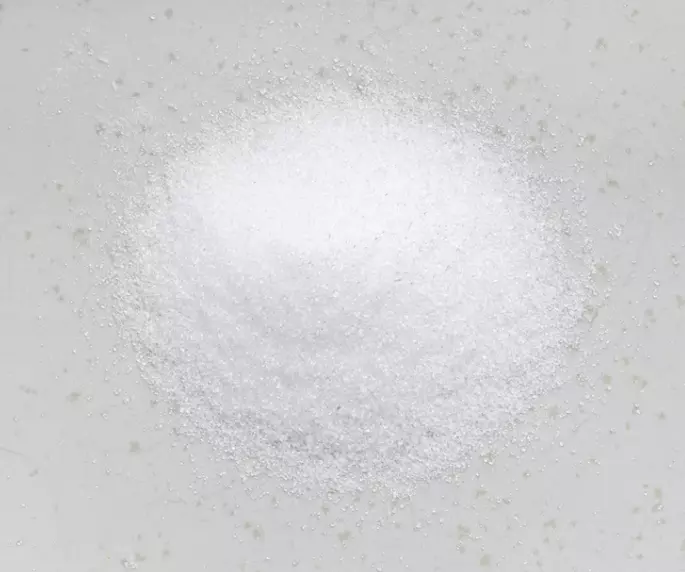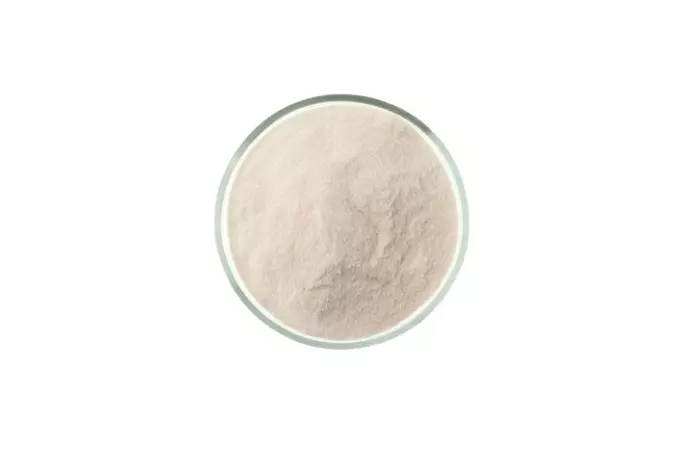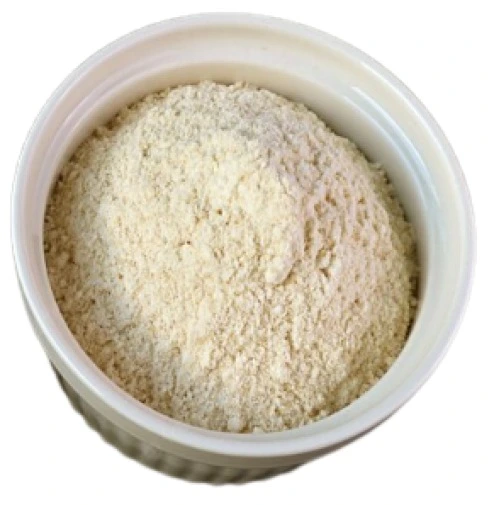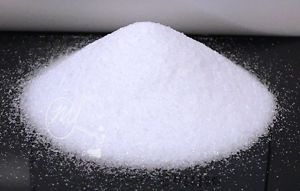Glycine
|
IUPAC Name |
: 2-Aminoacetic Acid |
|
Cas Number |
: 56-40-6 |
|
HS Code |
: 2922.49.00 |
|
Formula |
: C2H5NO2 |
Basic Info
|
Appearance Name |
: White Crystalline Powder |
|
Common Names |
: Aminoethanoic Acid |
|
Packaging |
: 25 Kg Bag |






